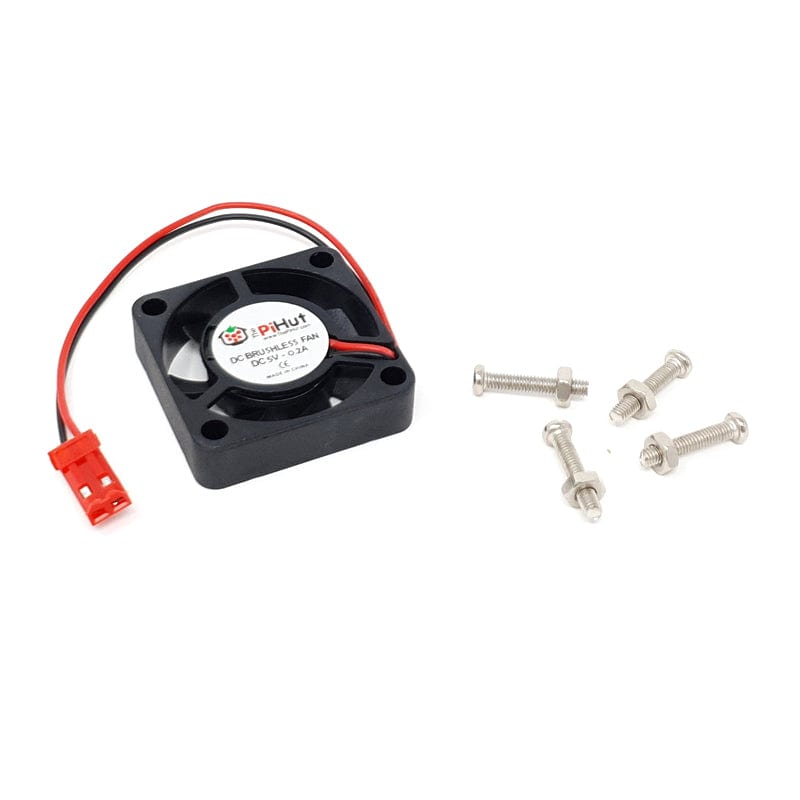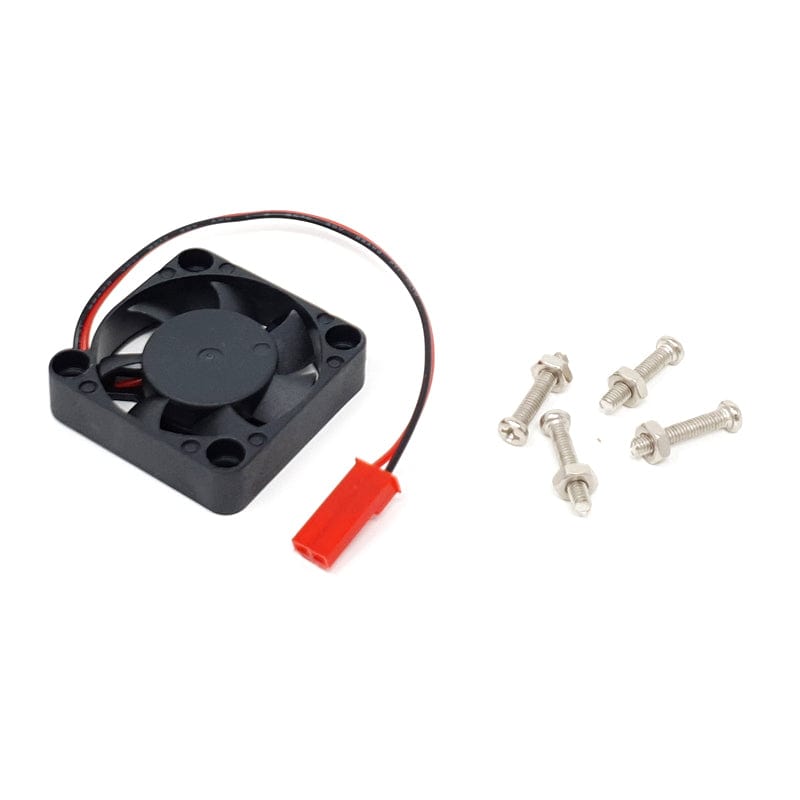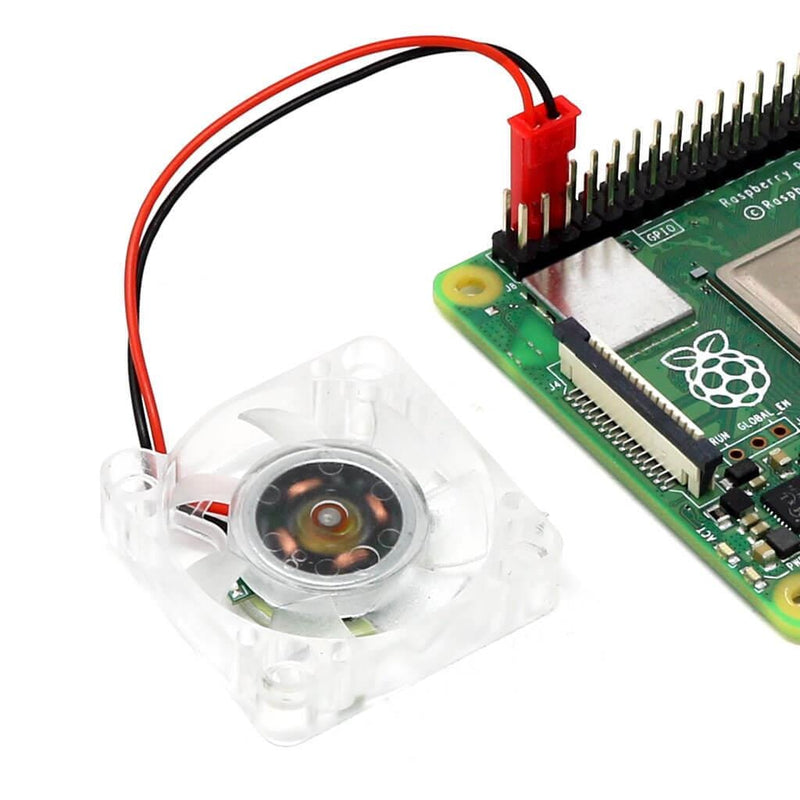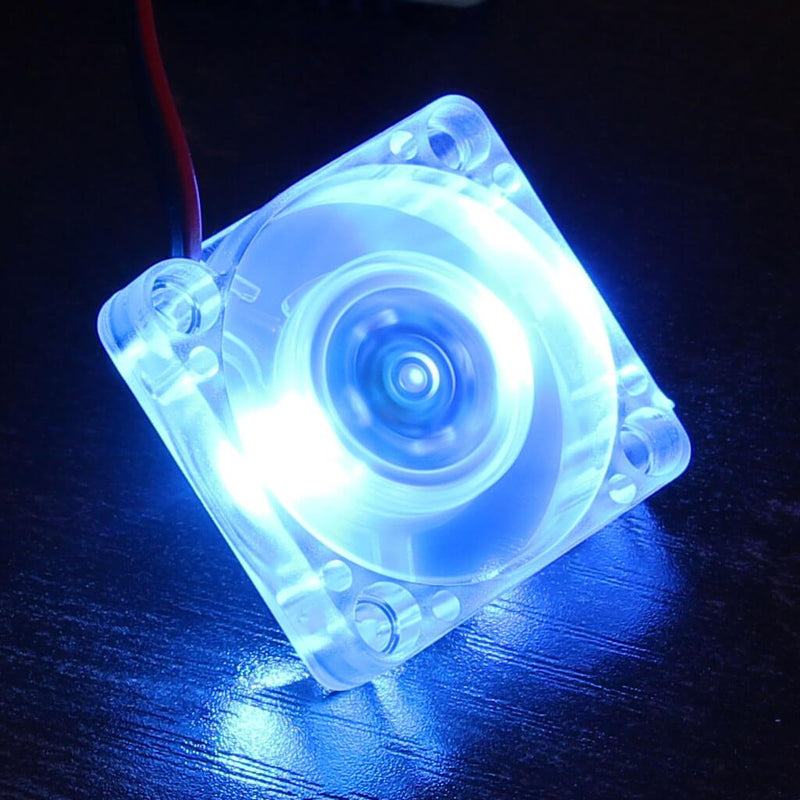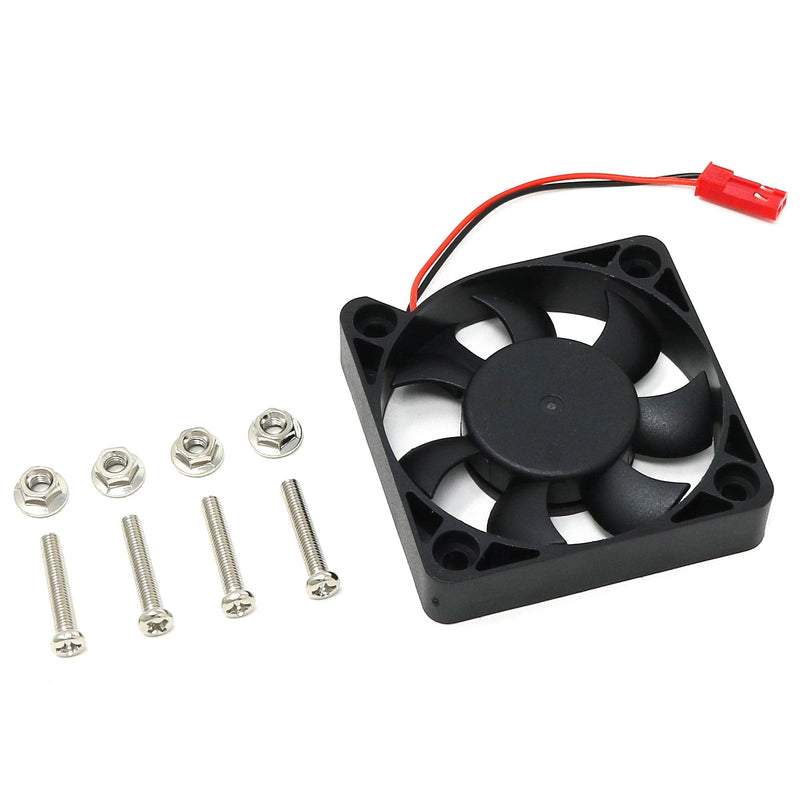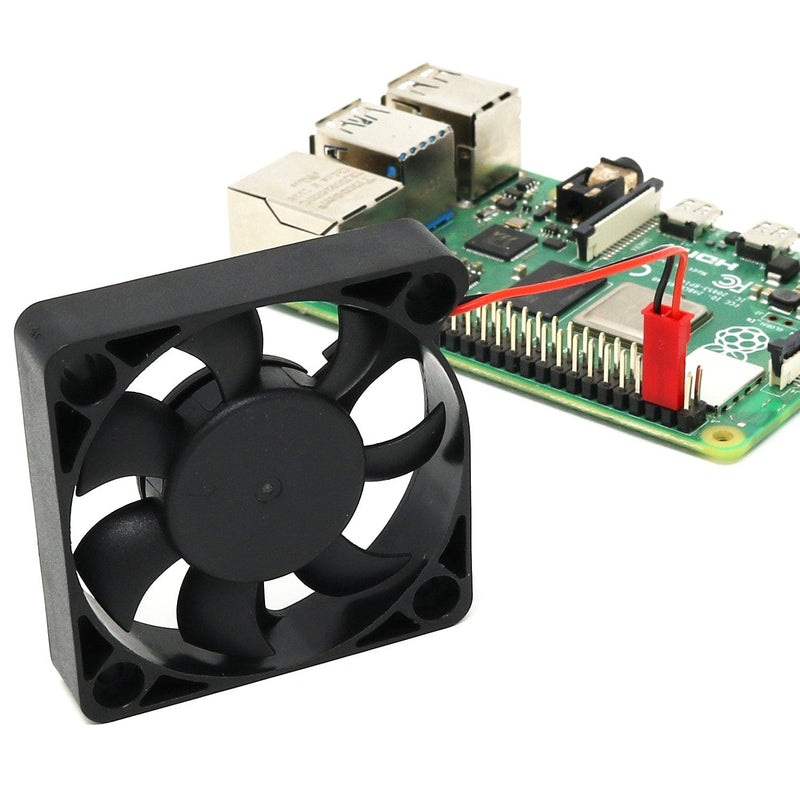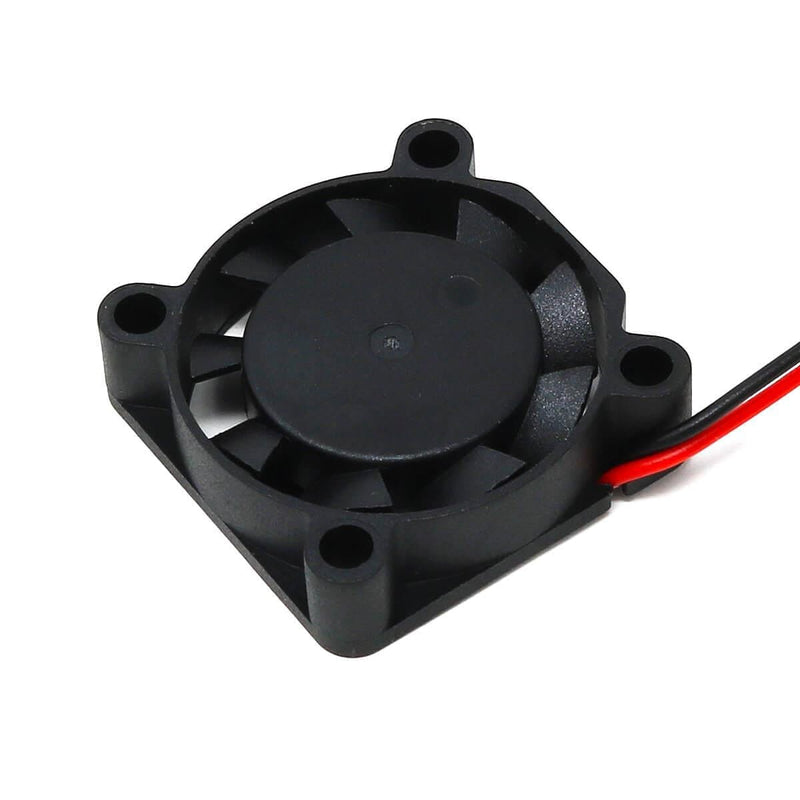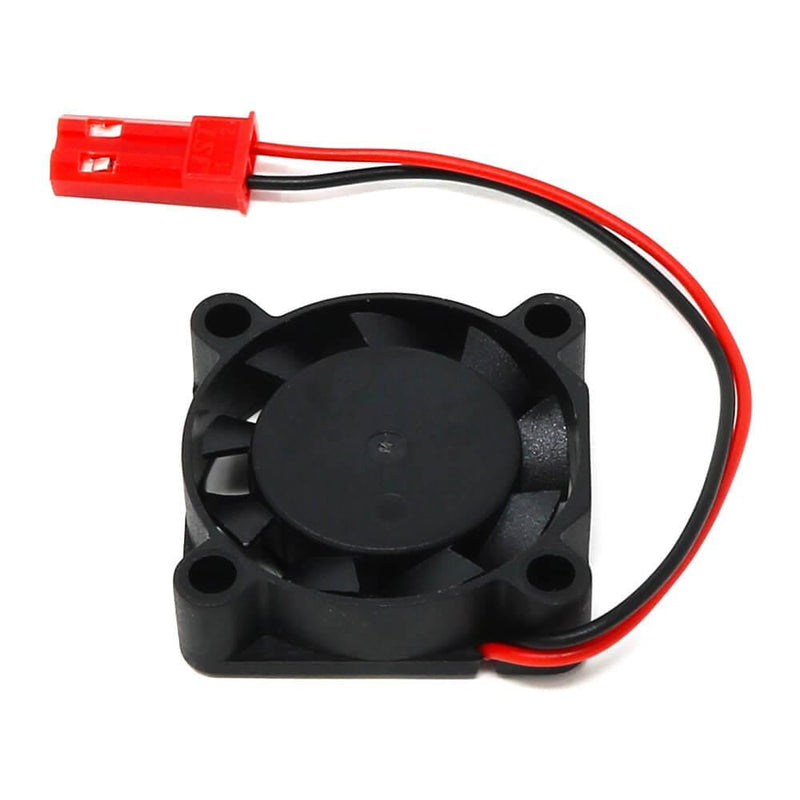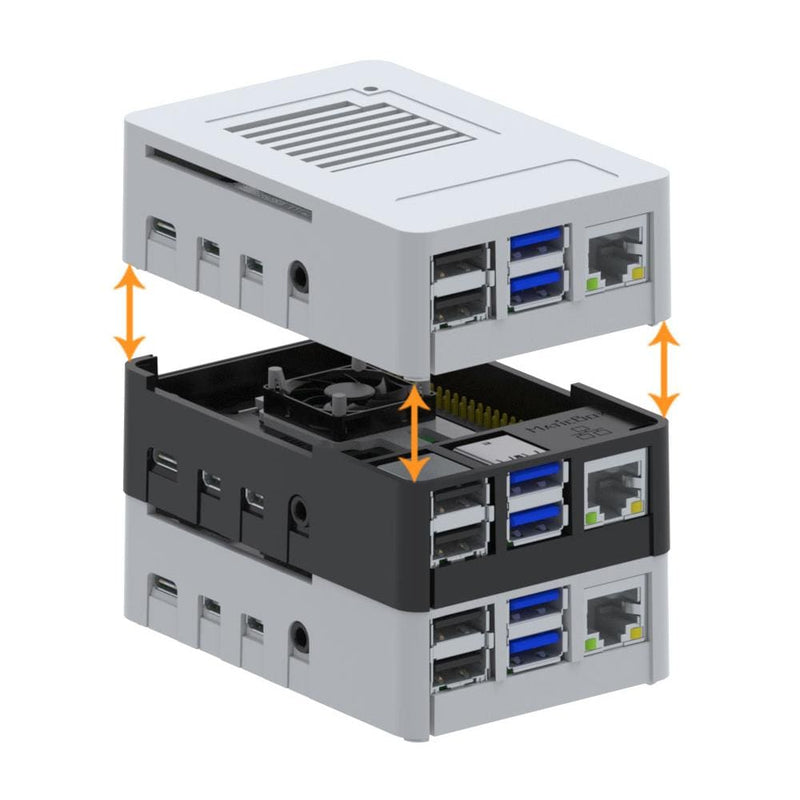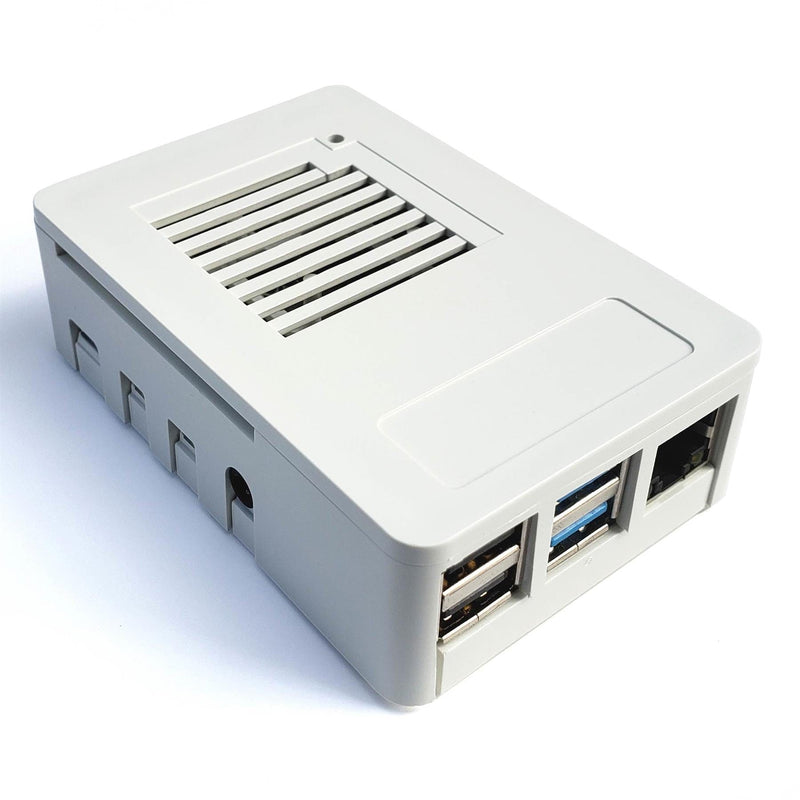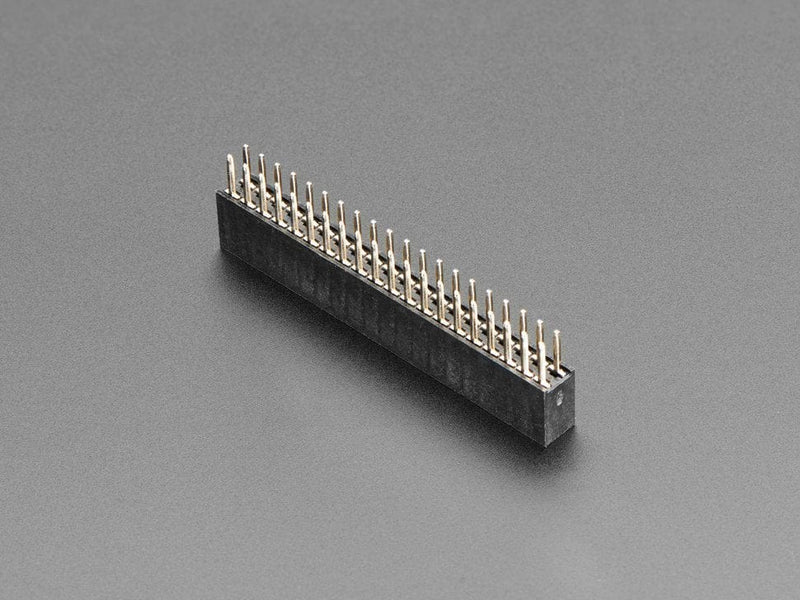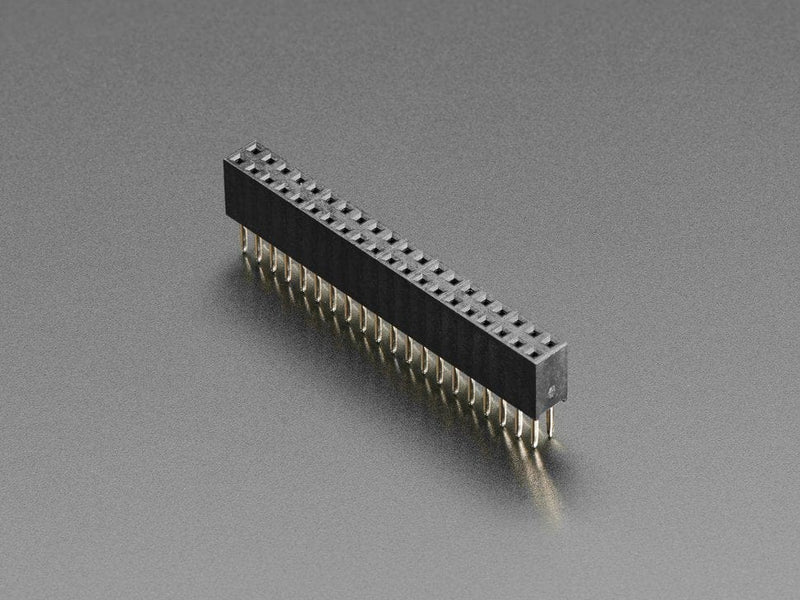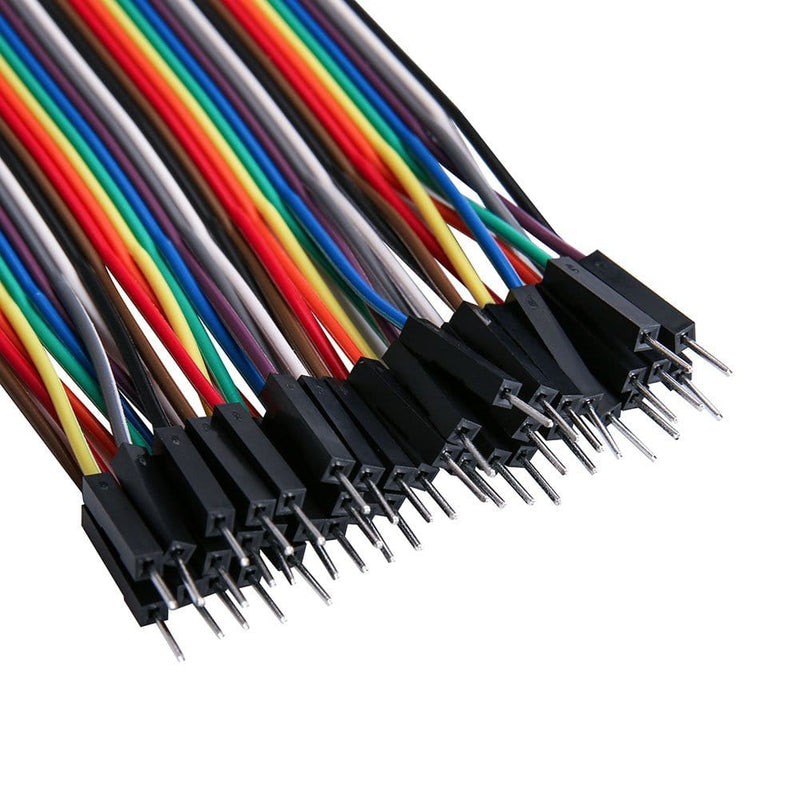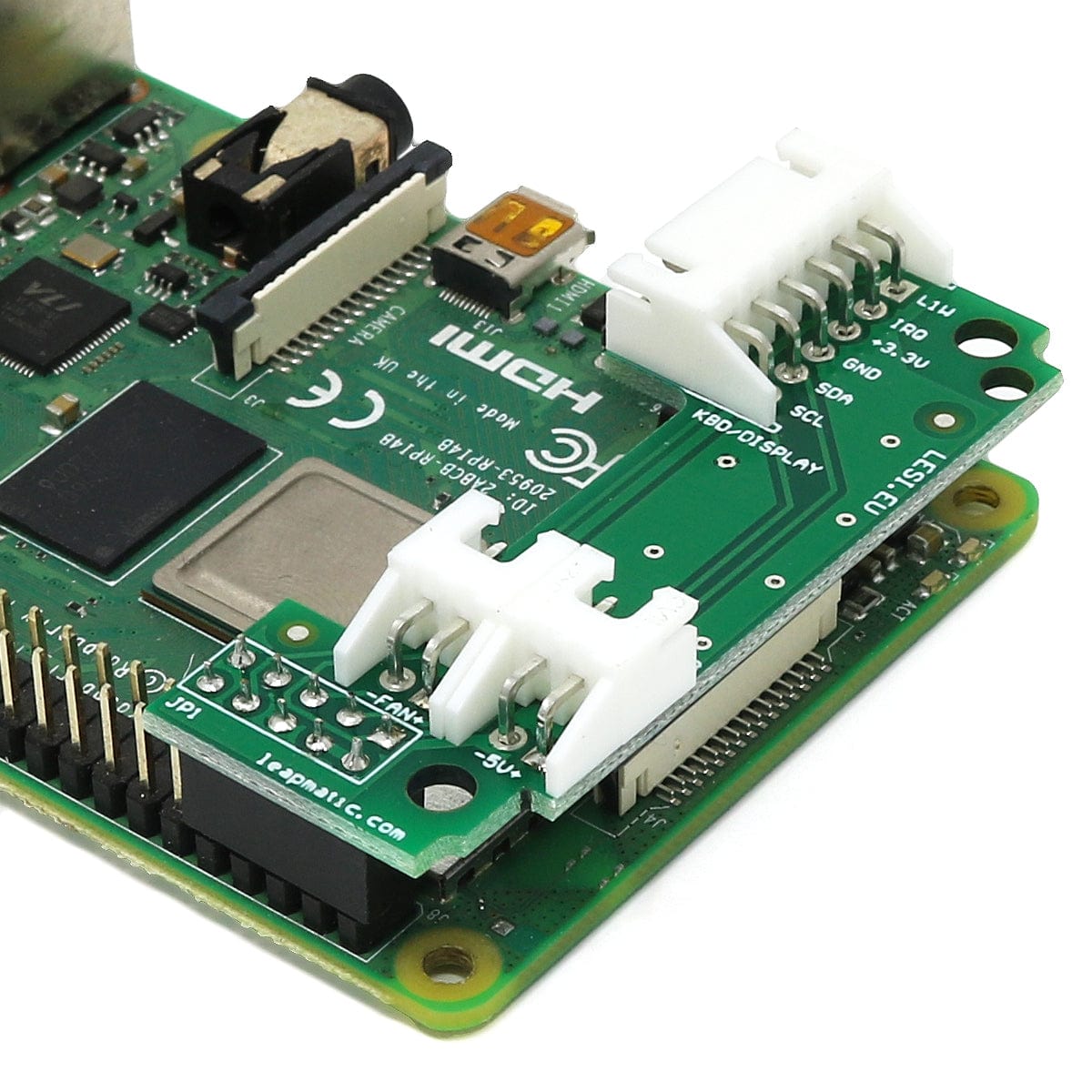
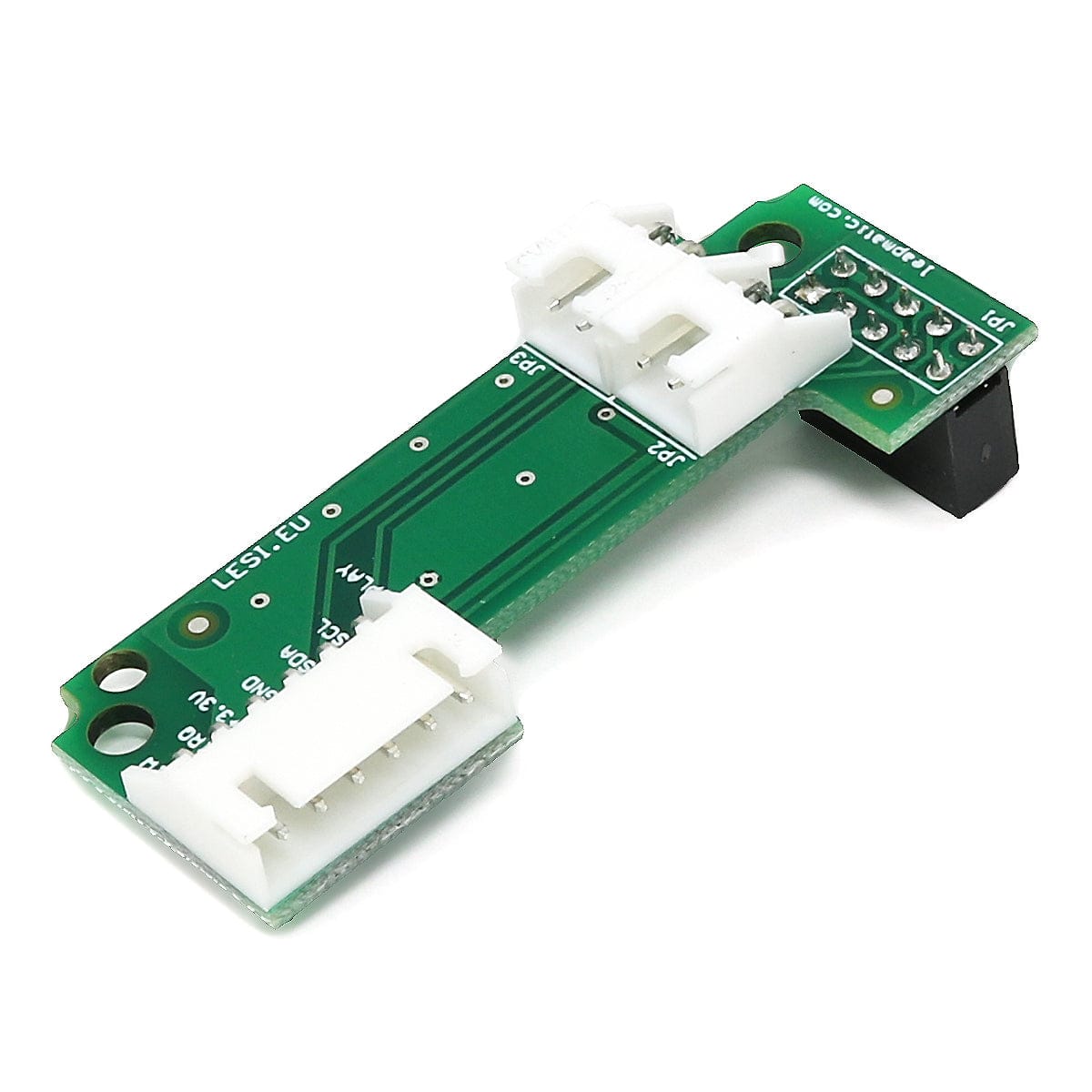
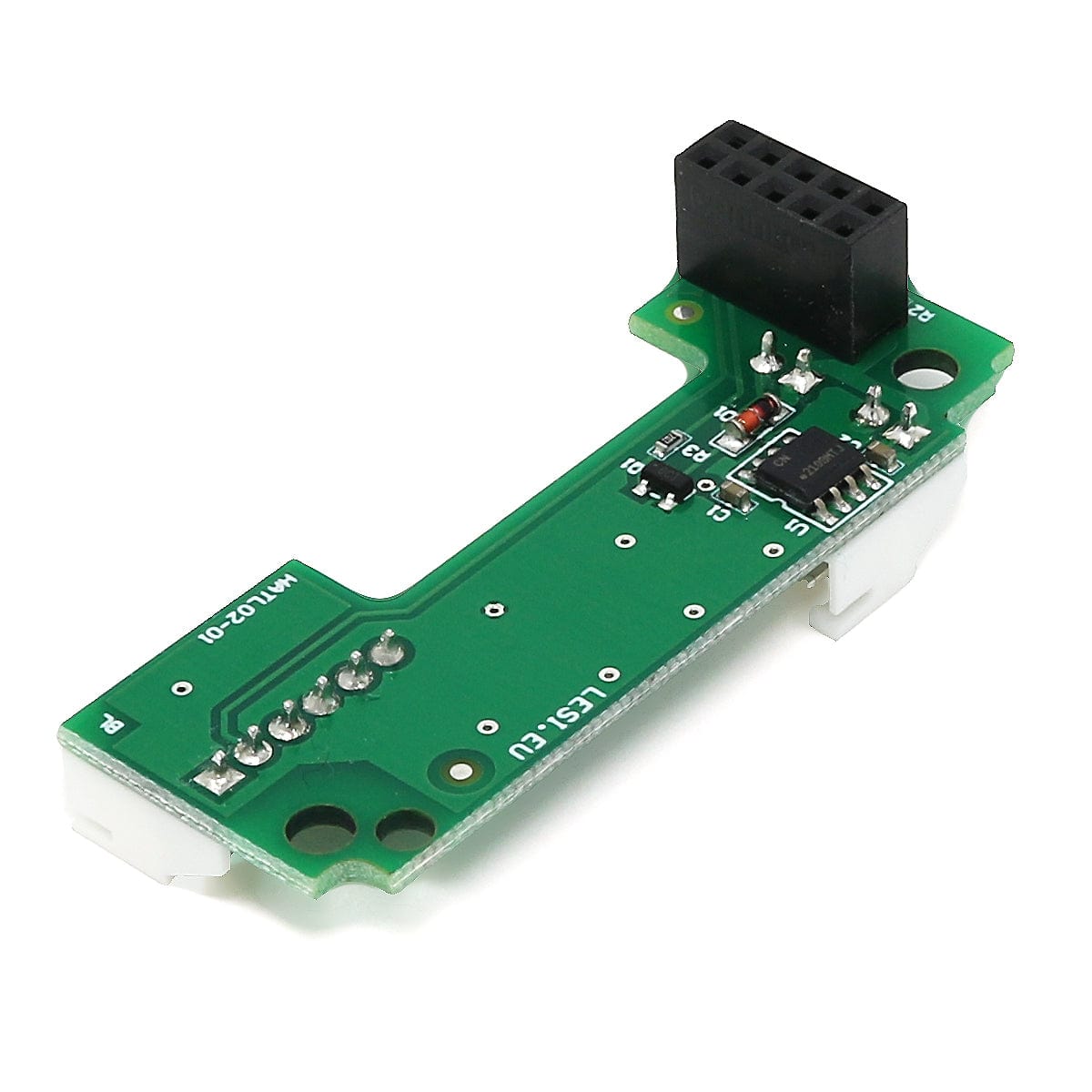
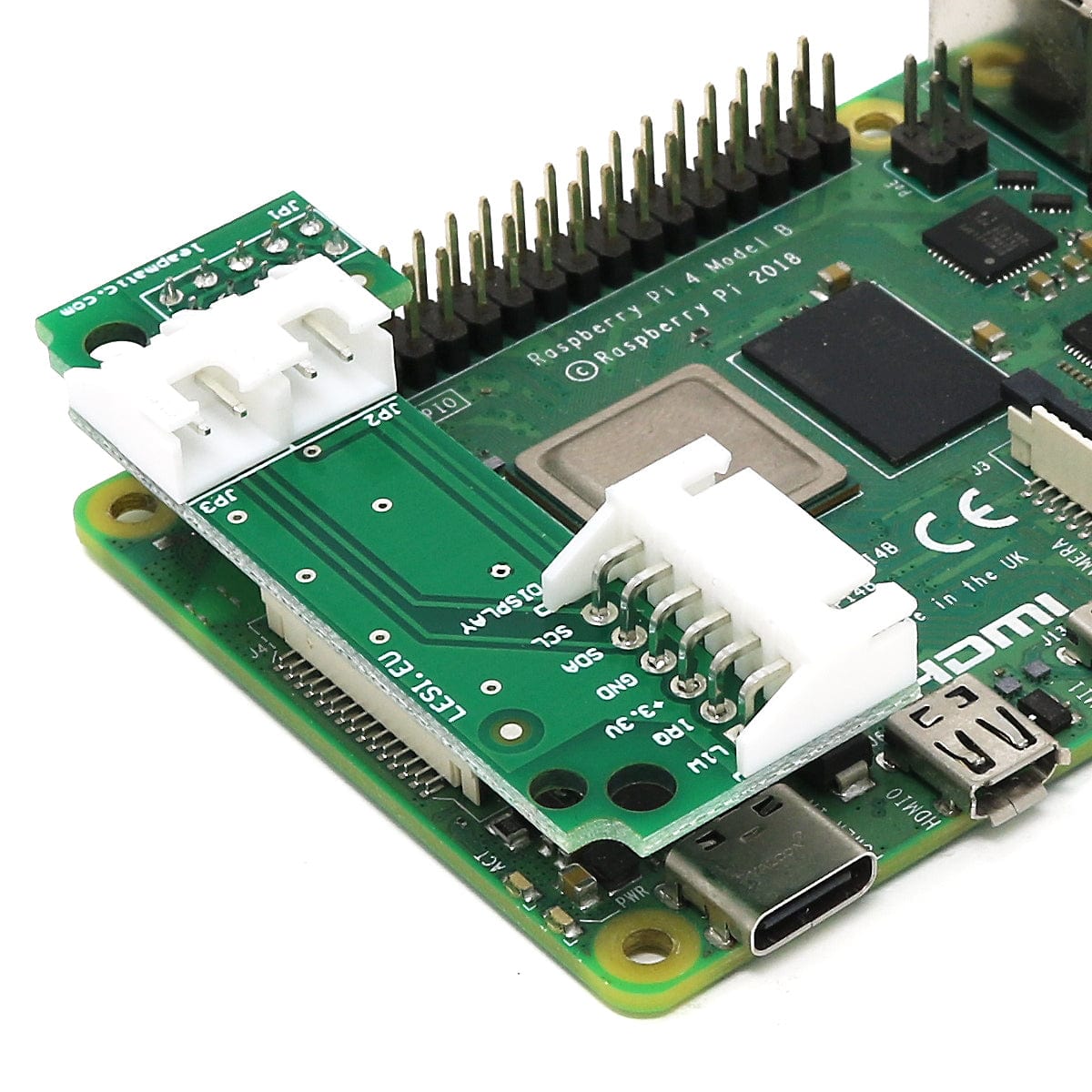
Login / Signup
Cart
Your cart is empty
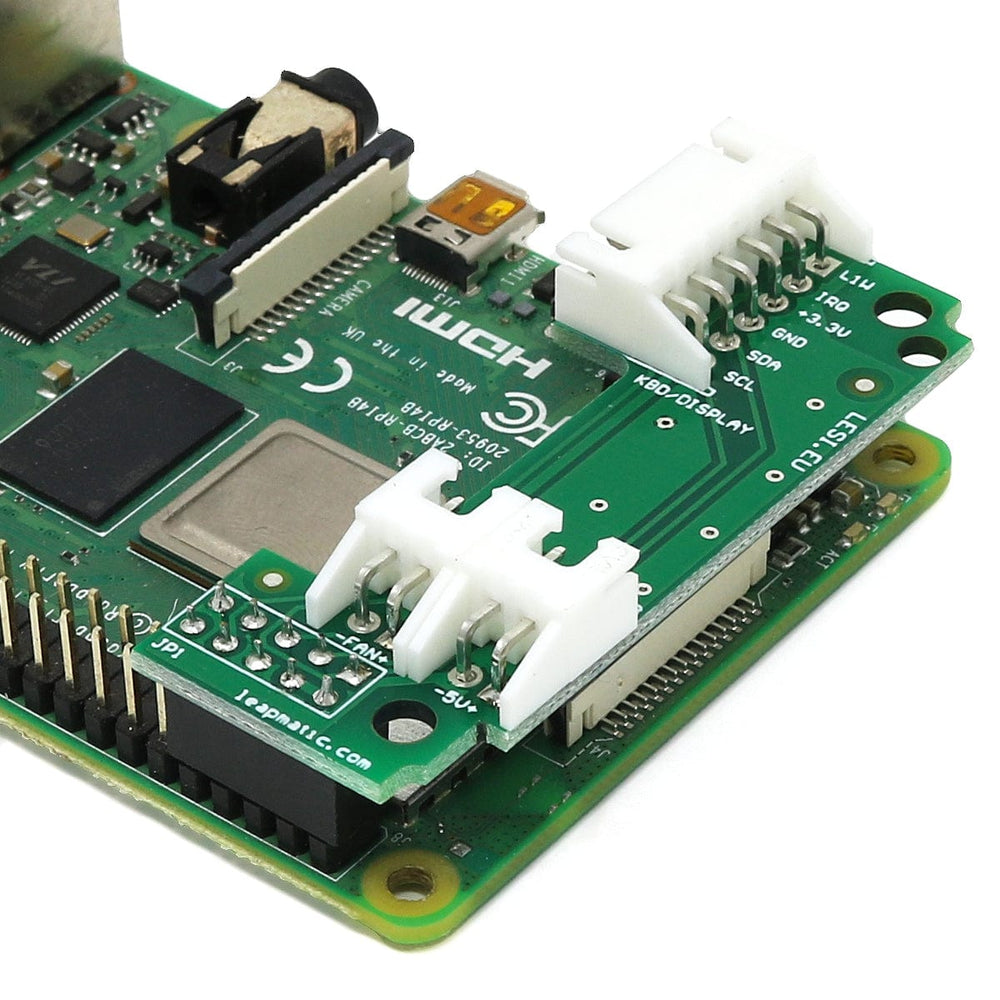
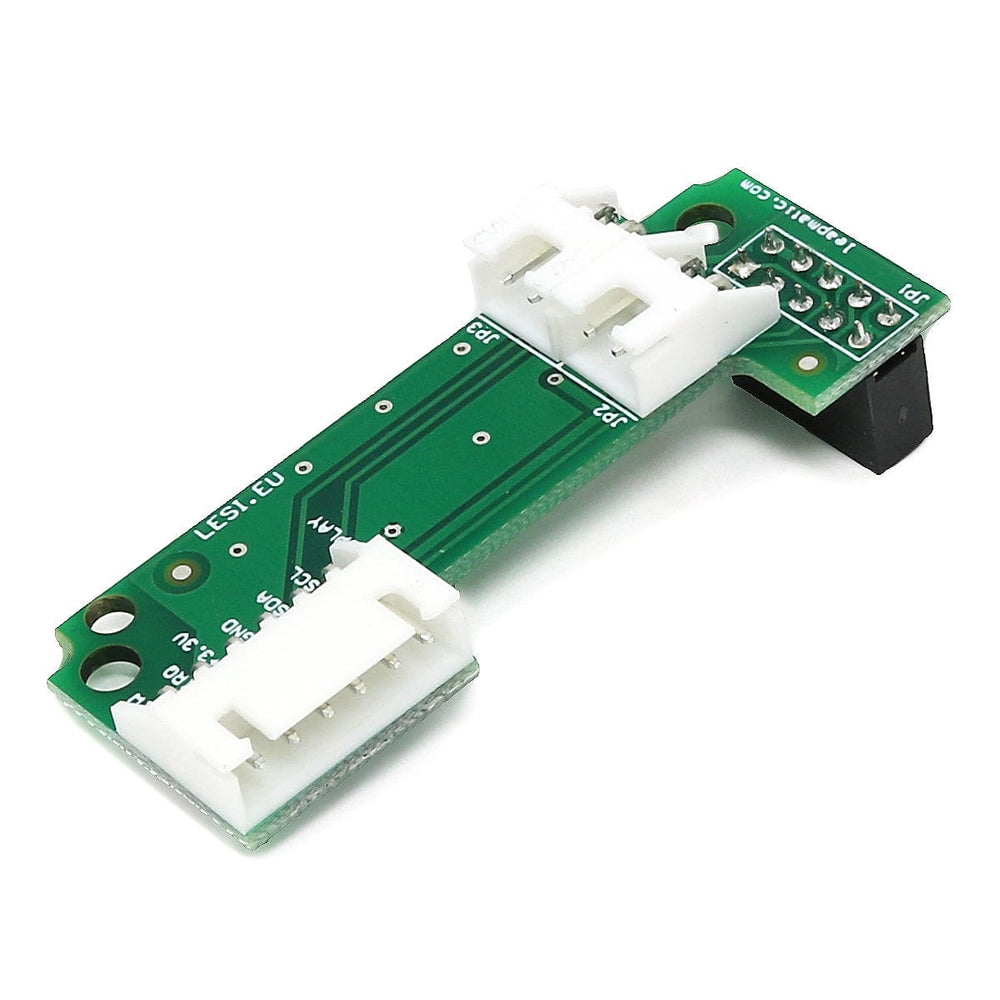
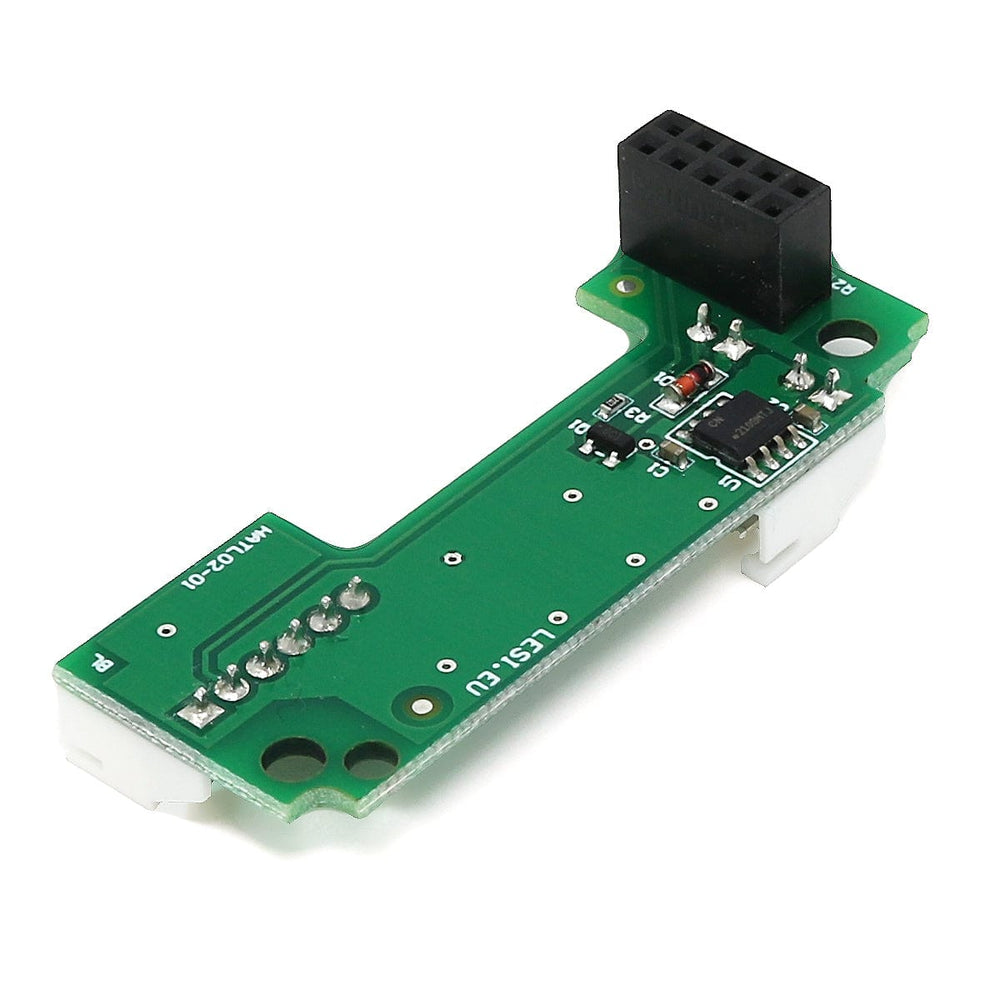
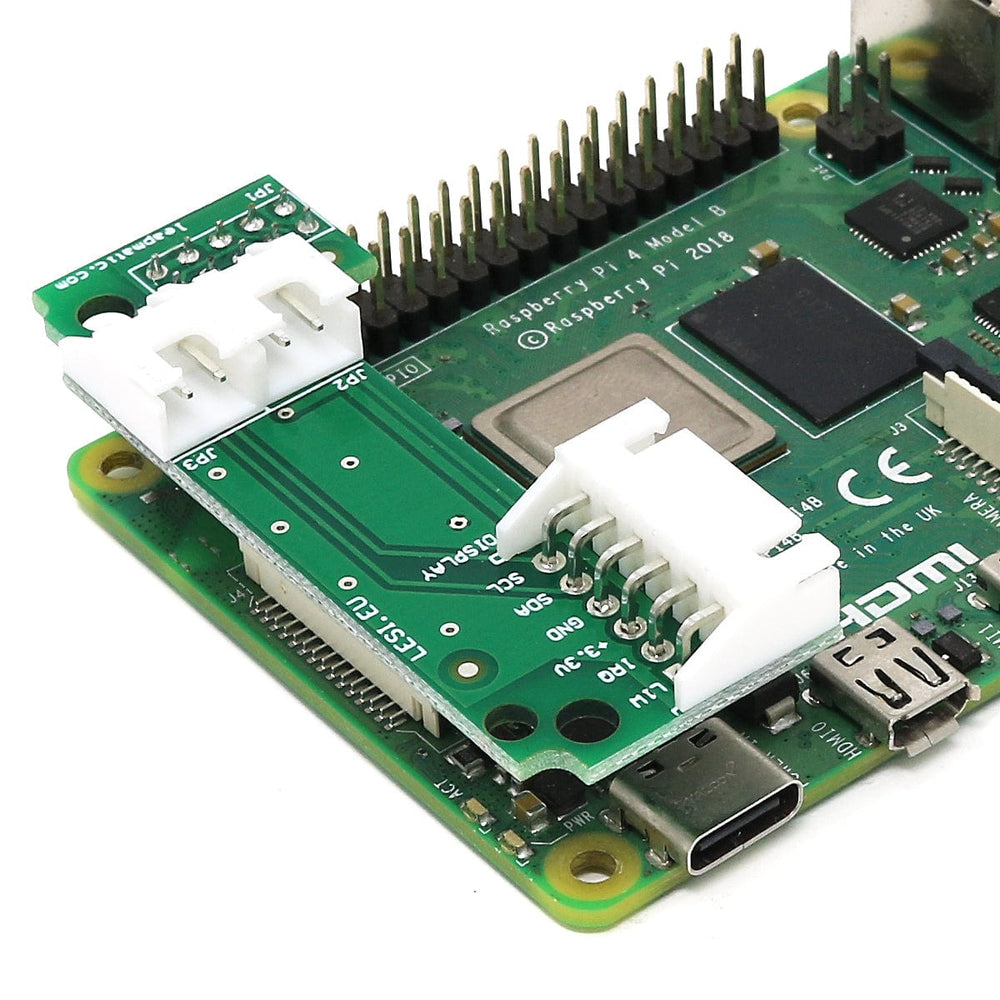
Extend the life of your Raspberry Pi's fan, reduce its noise and control it automatically - whilst also protecting your software with the built-in crypto module! This version also includes a second dedicated connector for access to the Raspberry Pi I2C, 5V and UART (TXD/RXD) pins.
Note: This product is more suited to the Raspberry Pi 4 and earlier modules, as the newer Raspberry Pi 5 has a dedicated fan header with software control (but you can still use this on a Pi 5 if you like!).
Place the module on pins 1-8 (as shown in the photos), then in the Raspberry Pi configuration (performance tab), set fan enable to GPIO 4 and set the temperature at which you want the fan to turn on (make sure you save the changes and then reboot)
Now connect a 2-pin fan to the connector or directly to the dedicated pads.
When the processor reaches the temperature you set, the fan will turn on. It will turn off only when the processor temperature drops 10 degrees below the set ON temperature (for example, if you set the ON temperature to 75 degrees, the fan will turn off when the processor reaches 65 degrees). With these few easy steps, you now have automatic fan control!
If you want to activate this feature through the console or read the full documentation – read this article or download the PDF from here.
This version of our crypto & fan control modules provides access to the Raspberry Pi's I2C and 3.3V pins.
GPIO 2 and GPIO 3 – the Raspberry Pi’s I2C1 pins – allow for two-wire communication with a variety of external sensors and devices. The I2C pins include a fixed 1.8 kΩ pull-up resistor to 3.3v.
They are not suitable for use as general-purpose IO where a pull-up might interfere. I2C pins along with a 3.3V pin are often used to connect displays or other modules that use the pins.
These pins provide a traditional serial line. Some Pi-oriented OS distros such as Raspberry Pi OS by default boot with this serial line active as a console, and you can plug the other end into another computer and use some appropriate software to communicate with it.
Note this interface does not have a clock line; the two pins may be used for full-duplex communication (simultaneous transmit and receive).
The ATECC608 is the latest crypto-auth chip from Microchip, and to make working with it as easy as possible, we’ve put it on a Pi-friendly PCB. This allows you to use it with Raspberry Pi or other similarly equipped boards without needing to solder.
ATECC608 uses I2C to send/receive commands. It will work with 3.3V or 5V power/logic, so it’s ready to get to work with a range of development boards. Once you ‘lock’ the chip with your details, you can use it for ECDH and AES-128 encrypt/decrypt/signing. There’s also hardware support for random number generation, and SHA-256/HMAC hash functions to greatly speed up a slower micro’s cryptography commands.
To our surprise, this chip does not have a public datasheet, but it is compatible with the ATECC508 earlier version which does, so please refer to that complete datasheet as well as the ATECC608 summary sheet. The good news is that, despite not having complete documentation, there is some software support. For Python and C/C++ check out Microchips Cryptoauthlib.
Please note the I2C address is fixed at 0x60 and according to Microchip, you should use this at higher I2C speeds like 400KHz if other devices are on the I2C bus, to avoid some I2C bus contention (much like the datasheet, this is not documented anywhere yet). For more detailed information please download the PDF.
This module will fit inside a MaticBox Pi 4 Case Automation Cover but is not compatible with the stacking feature of MaticBox.
Raspberry Pi not included
Raspberry Pi not included





